When in Quezon: Beach-bumming in the Polillo Group of Islands
This Friday, the ‘Biyahe ni Drew’ team went on multiple adventures as we visited the Polillo Group of Islands.
Are you ready for an island hopping adventure?
How to go?
From Cubao, you need to take the Raymond Bus which will take you approximately three to four hours going to Infanta, Quezon. The bus rate is P216 for air-conditioned buses, and P186 for ordinary ones.
This municipality serves as the jump off point for the Polillo Group of Islands. Biyaheros often stop at this place for a quick meal before heading on to their trip.
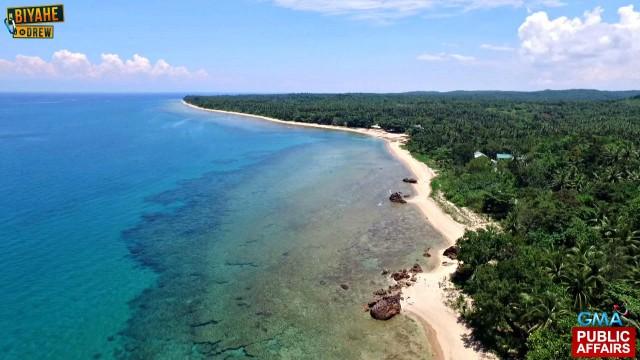
At the public market of Infanta, they sell everything you need to cook a quick and delicious meal. Vegetables, fruits, meat, and of course - fresh seafood.

Because the province is located near the sea, almost all of the people’s source of income is through fishing.
The ladies of Infanta on the other hand, occupy themselves by creating organic supplements from the crops or roots harvested at their own gardens. Their organization, Kilusan ng Nagkakaisang Ina para sa Kabuuang Pag-unlad ng Nakar’ or KINIPAN, produces juice, jams, concentrated drinks, and chips made from seafood.
They sell it for at least P100 to P350, depending on the actual product.

Another attraction is the Kabalu Sand Bar that became a resting spot for some of the migratory birds visiting the island. Some of these birds, such as the Chinese egrets, are considered as a or threatened species.
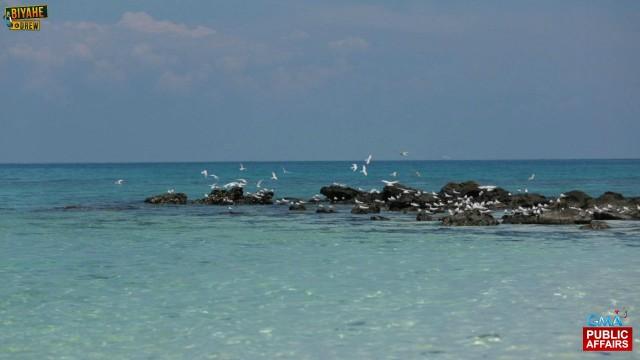
Pulong Kukok
With just a one hour boat ride away from Infanta, we reached our next destination - Pulong Kukok. The locals called it Kukok, because the island is shaped like a giant chicken. *Ku-kok!*
The island comes with a white sand beach, along with a large rock formation that changes height depending on the tide of the sea.
Almost everything you can eat at Pulong Kukok is fresh bounty from the sea.
On the local menu is the delicacies: ‘kibit’, a sea creature that tastes like squid, and ‘sahang’, a type of clam fish cooked a la afritada.
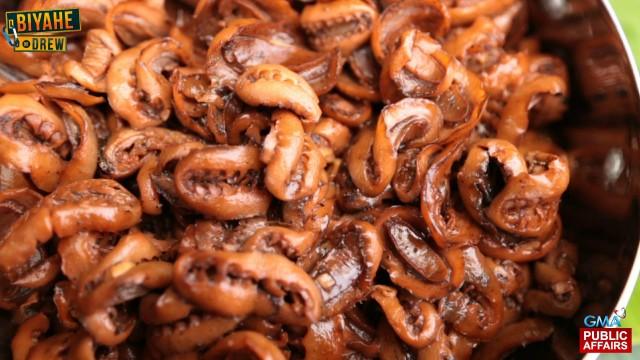
Now this is a food trip!
Ever wondered how pearls are made?
In this pearl farm, we learned the basics on how to ‘hatch’ pearls from shells.
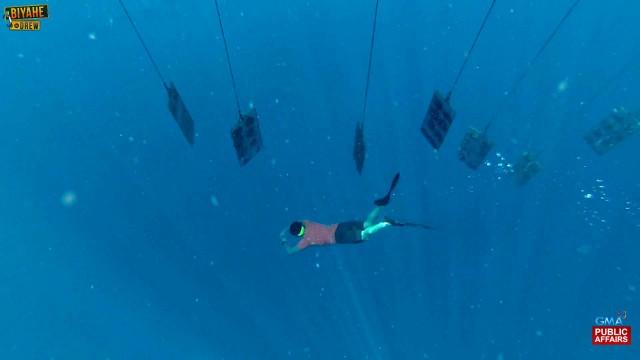
The experts explained that there are two types of shells: first is the penguin shell or wasay-wasay that can produce mabe pearls that has various colors of copper, silver, and dark gold.
Second is the ‘Mother Of Pearls’ shell that produces south sea pearls. Nobody knows the outcome of the color but it can be either gold or champagne.
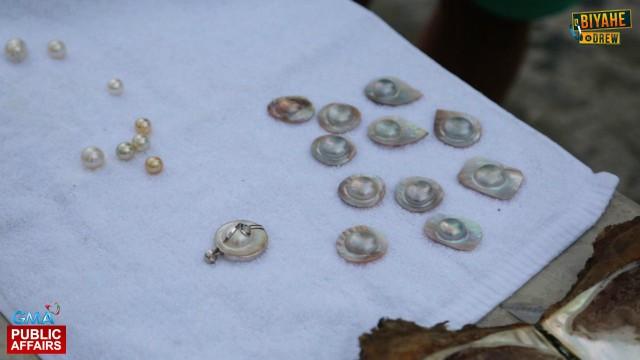
Isla Puting Bato
Of course an island hopping wouldn’t be complete without a mountain hike and a cave. On Isla Puting Bato, you can enjoy both!
By trekking for at least 20 minutes, you can reach a cave on top of the mountain that goes down inside to reveal a large space filled with bats.
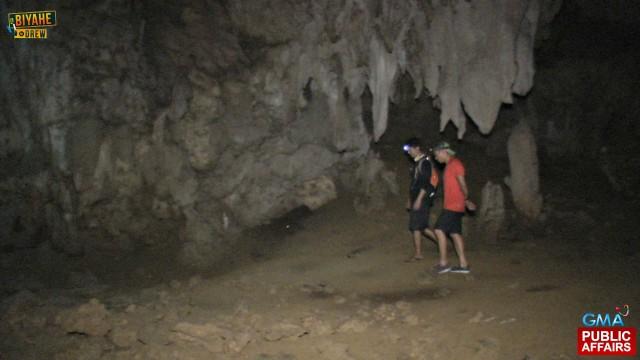
Malanguinoan Island
From Isla Puting Bato, we need at least three hours via speedboat to reach Malanguinoan Island.
This island has no electricity, no hotels, and no restaurant.
“It looks ordinary, right?” But if you explore the island a little bit, you will find a sandbar that’s perfect for taking selfies. You know you want to.
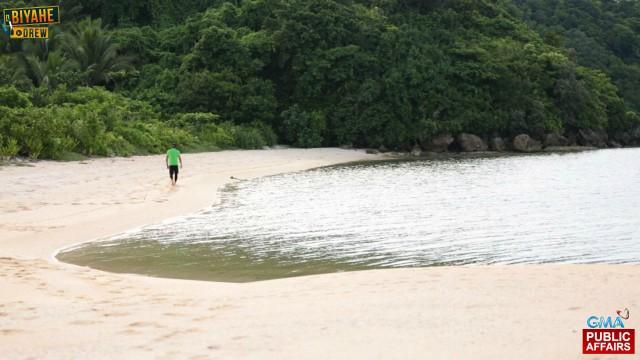
Anilon Island
The Anilon Island is owned by the Pacific Coast cities and is also the ones that challenged us to do a survivor-style accommodation for one day.
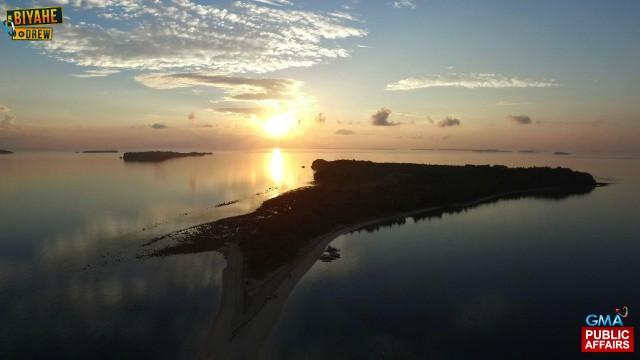
For Biyaheros that want to experience the best of these island hopping experience, you should also try this challenge.
You will learn the proper way to set up a tent and build a bonfire.
And for just one night, spend the evening with no phones and computers. Only the sound of the waves, and the smell of the land entertained the tired minds of everyone.
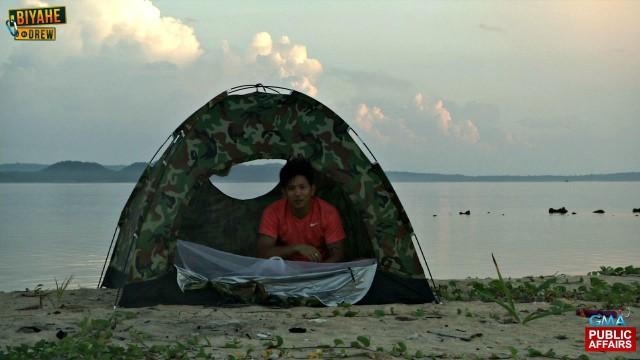
Travel fares:
For the island hopping experience, you can rent a boat in the Ungos port of Real, Quezon that’s good for 20 persons. The pay depends on how many islands will your group visit, but each passenger should prepare at least P200 above.
Where to stay?
For the duration of the trip, there are are only homestay options that you can choose as means of accommodation. The homestay option is good for three to four Biyaheros at P500 per night.
You can also rent a tent, and camp out with your friends and family.
What to eat?
Since there is no electricity in some of the islands, food comes directly from the fresh stock of the fishermen. You can opt to grill or find a place to cook the seafood for you.
Biyahero tip! It’s better to cook your own food, rather than ordering meals at the local carinderia.---Zeb Canero/BMS, GMA Public Affairs




